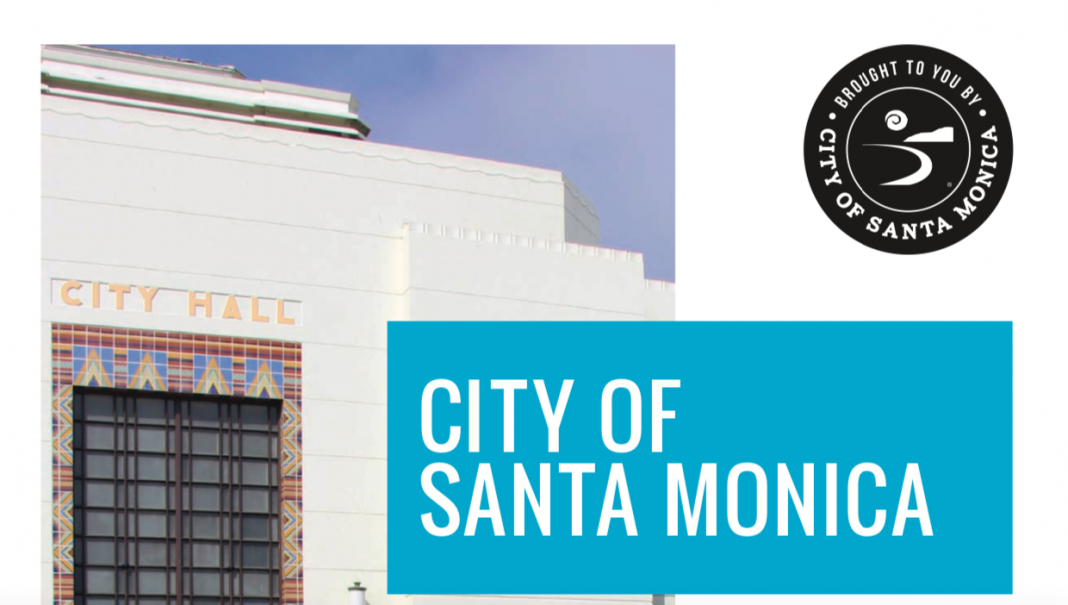SANTA MONICA – At City Council’s online meeting on Tuesday, April 14, the City of Santa Monica addressed changed operations and declining revenues that have resulted from the impact of COVID-19 as a public health emergency. City staff is set to implement a Voluntary Early Separation Incentive Program (VESIP) for eligible staff this week.
The VESIP authorized by Council will provide monetary incentives for staff who voluntarily choose to leave their City employment. Staff who voluntarily separate will receive a lump sum of $10,000 or $15,000, depending on their date of hire, and 18 months of medical benefits. The last day of employment for City staff who choose to participate in the VESIP will be May 9, 2020.
Mayor Kevin McKeown shared at the meeting that the City Manager and City Attorney volunteered a 20% reduction in pay effective May 1, 2020. Council also directed the City Manager to return with a proposed plan that restructures City operations and balances the City budget in response to the pandemic on or before May 5, 2020.
Ordinarily, the City relies on revenues impacted by State and County stay at home orders that include retail, tourism, dining, and entertainment. Projections presented at the meeting showed that by June 30, 2020, the City of Santa Monica will have a $72 million budget gap in the General Fund section of The Biennial Budget. The Biennial Budget can be found here.
Projected deficits for July 2020 through June 2021 show an additional shortfall of $154 million.
Restructuring City operations will focus on foundational programs, emergency response, and economic recovery from the impacts of the COVID-19 pandemic such as:
- Preserving essential public health and safety functions to deal with the ongoing and future impacts of the public health emergency.
- Creating a long-term fiscal and community sustainability plan that preserves institutional knowledge to the extent possible and aligns available community-centered resources with the City’s values, and in particular social justice, understanding that some programs cannot continue or must be significantly altered in order to maintain public health and safety and to live within our means.
- Prioritize efforts that encourage business retention, rebuild the economic and social health and resilience of the community, make the community more economically competitive, and restructure revenue-producing programs to sustainable levels.
- Pursuing realignment by making reductions across the entire organization including executives, managers, supervisors, and front-line staff.
The proposed restructuring plan will be presented to Council at its May 5, 2020 meeting.






